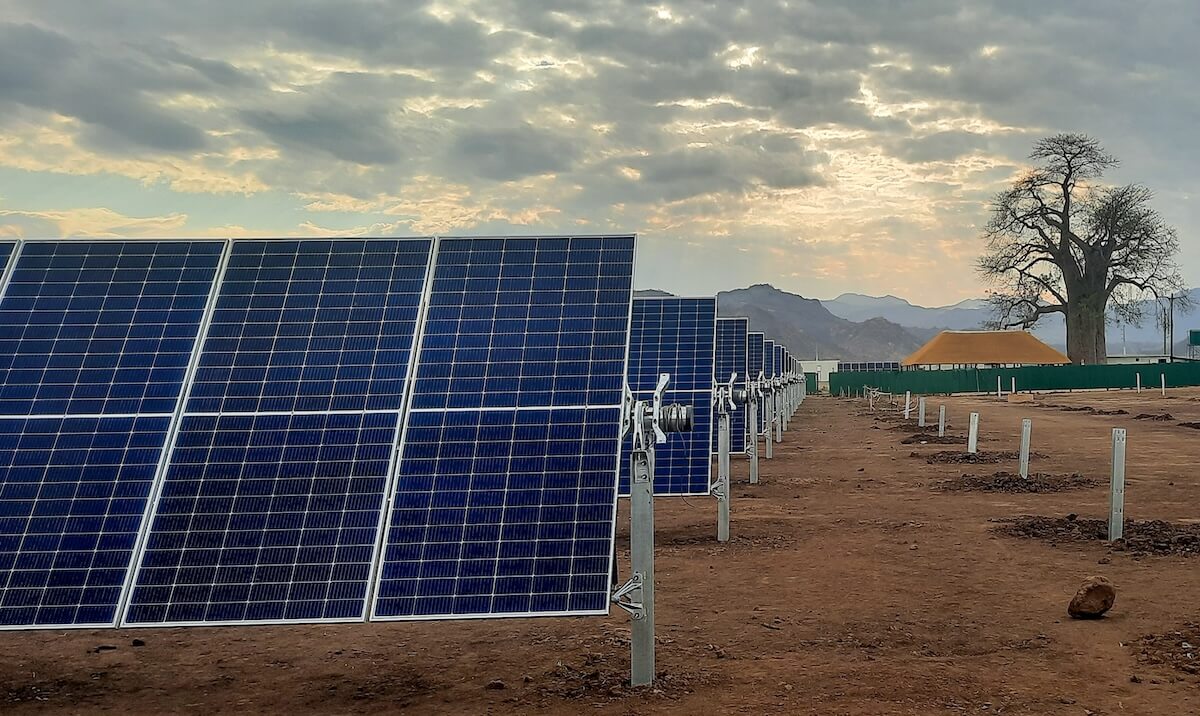ImpactAlpha, April 9 – As Washington celebrated the overhaul of the tax system earlier this winter, those of us committed to under-resourced communities grew worried. Essential tools that American cities rely on to support and improve disinvested communities were nearly eliminated. Thankfully, these programs survived – although badly bruised.
What does it signal when we question the value of programs such as the Low-Income Housing Tax Credit, the Rehabilitation Tax Credit, and the New Markets Tax Credit – all created through bipartisan efforts? Especially at a time when millions of people need, but can’t find, a living-wage job, dependable health care or quality affordable housing?
>>SEE: The first found of Opportunity Zones designations for 18 states.
A new, lower overall tax rate minimized the appetite of banks, insurance companies, and other private sector investors to chase tax relief, lowering demand for these credits. In addition, the expected ballooning deficit will put pressure on other discretionary funding programs, such as Community Development Block Grants, Rental Assistance Demonstration, HOME Investment Partnerships Program, and Community Development Finance Institution Fund programs, all of which support the community development ecosystem.
The community development finance system is the backbone of strong cities and communities. Communities such as Detroit have affordable housing, health centers, school facilities, and community colleges because of them. If the system flounders, all the work of Kresge and its partners do to increase opportunity for low-income people and communities will, too.
A clear need
Last month, states faced a deadline for a new incentive that could bring economic growth and investment to some of the nation’s poorest neighborhoods. These “Opportunity Zones” encourage investors to put unrealized capital gains to work in distressed neighborhoods. States had the chance to select one quarter of their low-income Census tracts – or neighborhoods adjacent to them – to be designated as areas to receive potentially trillions of dollars in development capital.
The program answers a clear need, as 50 million Americans live in economically struggling places. From 2010-14, five metro areas produced as many new businesses as the rest of the country combined. More than half of America’s most economically distressed communities had fewer jobs and businesses in 2015 than they did in 2000.
Such inequality is not sustainable.
The communities have been selected, but the discussion about the benefits and drawbacks to this program are now just beginning. We must remember that more capital is not always synonymous with more progress. Decades of community development investing make it clear that not every place has the infrastructure to absorb inflows of investment. And not every investment is suited to the needs of the nonprofits and businesses that drive long-term revitalization.
First principles
The Opportunity Zone program, with its lack of measurements or requirements for impact standards is a significant departure from other community investment programs. As written now, the program allows that investments located in a qualified zone can earn the investor tax forgiveness. That could be a high-tech startup, luxury condos or self-storage. The broad language in the legislation leaves it in the hands of the investor – with no oversight from states – to determine whether investments meet community needs.
This is a significant and important moment for community development champions to define what the future of this program should be. We must continue to highlight to state and federal leaders the importance of the community development system to our cities and advocate for program implementation that lifts community voices and focuses on outcomes.
We at Kresge propose these “first principles” of investing in low-income communities. All entities investing in these communities, through Opportunity Zones or otherwise, should aspire to:
- Make investments that are responsive to the needs of investors, residents and communities.
- Make investments that are transparent and accountable to the impact on current residents, as well as investment funders. Investors should clearly state a social purpose and generate outcome data, which should be made public.
- Make investments that plug into long-term plans to raise standards of living. That way, investments in real estate development are part of a broader strategy to support jobs, entrepreneurship, education, health and safety—in the same place at the same time.
- Ensure that mechanisms to channel capital into community investments reach all corners where it is needed – not just the places where investment is easiest.
In a piece published last month, LISC Executive Director Maurice Jones and I wrote about what we’ve learned through more than $20 billion combined in investing in low-income communities. There is plenty to build on. But there is much more work to do to ensure this unprecedented program will help – and not hurt — low-income communities.
Rip Rapson is president and CEO of The Kresge Foundation. A version of this article originally appeared on the Kresge Foundation’s blog.











